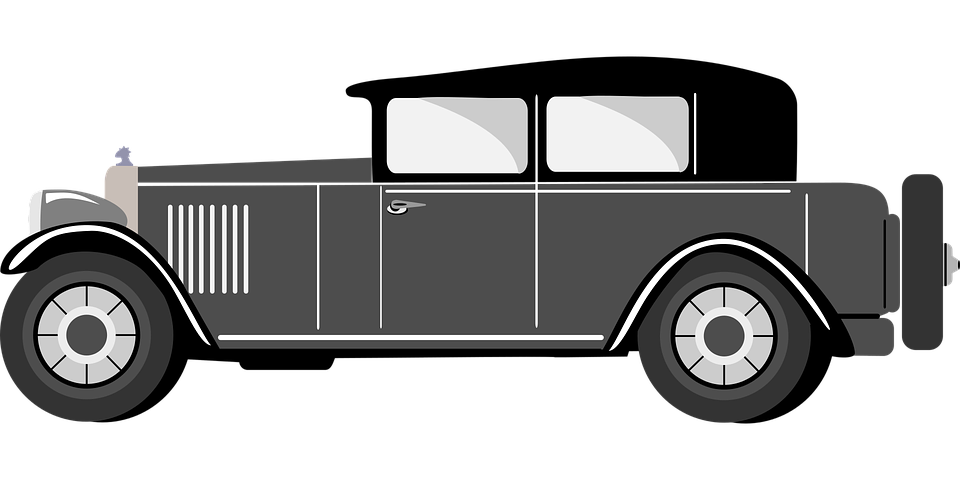


Mobile users:
For best results, view in Landscape mode.
Pontiac:
In 1926, the Pontiac brand was introduced by General Motors
as the companion marque to GM's Oakland division, and
shared the GM A platform. Purchased by General
Motors in 1909, Oakland continued to produce modestly
priced automobiles until 1931 when it was renamed Pontiac.
It was named after the famous Ottawa chief who had also
given his name to the city of Pontiac, Michigan where the
car was produced.
Within months of its introduction, Pontiac was outselling
Oakland, which was essentially a 1920s Chevrolet with a
six-cylinder engine installed.
Body styles offered included a sedan with
both 2 and 4 doors, Landau Coupe, with the Sport Phaeton,
Sport Landau Sedan, Sport Cabriolet and Sport Roadster.
As a result of Pontiac's rising sales, versus
Oakland's declining sales, Pontiac became the only companion
marque to survive its parent, with Oakland ceasing
production in 1932.
In 1893, the Pontiac Buggy Company was
established in Pontiac, Michigan.
They produced horse-drawn carriages, and like others in their
field, they wanted to evolve into the automotive age.
In 1907, as an adjunct to his buggy-making enterprise,
Edward Murphy began building and selling 2-cylinder runabouts
called Oaklands.
During the summer of 1907, Murphy organized
the Oakland Motor Car Co.
His lack of sales with the Oakland, a 2-cylinder vertical engine that
rotated counterclockwise, convinced him that Cadillac might have
been right in rejecting the Brush design.
In 1909, they introduced a line of 40 HP 4-cylinder cars with sliding
gear transmissions.
Although this innovation was successful Edward Murphy didn’t see
the increased sales due to his sudden death in 1908.
Shortly before his passing, Murphy had met with another former
buggy man named William C. Durant.
Soon afterward, Oakland became part of Durant’s General Motors Empire
and its design would evolve under his rule.
The company produced Oakland’s most recognized model
in 1924, the “True Blue Oakland Six” which came with a new L-head
engine, 4-wheel brakes, centralized controls and an automatic
spark advance.
They painted the cutting edge automobile with a Blue Duco
nitro-cellulose lacquer.
In 1926, Alfred R. Glancy, Oakland’s assistant general
manager introduced the Pontiac.
The quality 6-cylinder engine cars designed
to sell for the price of a 4.
The automobile became an instant success
and Pontiac had been born.
Cadillac:
In 1902, Henry Martyn Leland, the founder of Cadillac
Automotive Company, named his luxury,
precision-made car after Frenchman Le
Sieur Antoine de la Mothe Cadillac.
In 1909, the newly formed General Motors Corporation (GM)
acquires the country’s leading luxury automaker, the
Cadillac Automobile Company, for $4.5 million.
Cadillac was founded out of the
ruins of automotive pioneer
Henry Ford’s 2nd failed company (his 3rd effort, the Ford
Motor
Company, finally succeeded).
When the shareholders of the Henry Ford Company called in
Detroit
machinist Henry Leland to assess the company’s
assets for their planned sale, Leland convinced them to
stay in business.
His idea was to combine Ford’s latest chassis (frame) with
a single-cylinder engine developed by Oldsmobile,
another early automaker.
In its first year of
production, Cadillac put out nearly 2500 cars,
a huge number at the time.
Leland, who was reportedly motivated by an intense
competition with
Henry Ford, assumed full leadership of Cadillac in 1904,
and with his son Wilfred by his side he firmly established
the
brand’s reputation for quality.
Among the excellent luxury
cars being produced in America
at the time–including Packard, Lozier, McFarland and Pierce
Arrow–Cadillac led the field, making the top 10
in overall U.S. auto sales every year from
1904 to 1915.
The Cadillac V-16 was
Cadillac's top of the line model
from 1930 - 1940.
The V16 powered car was a first in the U.S., both extremely
expensive and exclusive, with all chassis finished to
custom order.
Only 4076 were constructed, with the majority built in its
debut year
before the Great Depression took strong hold.
In 1912, Cadillac introduced the world’s first
successful electric
self-starter, developed by Charles F. Kettering; its
pioneering V-8
engine was installed in all Cadillac
models in 1915.
In 1954, it was the first automaker to
provide power steering and automatic
windshield washers as standard
equipment on all its vehicles.
